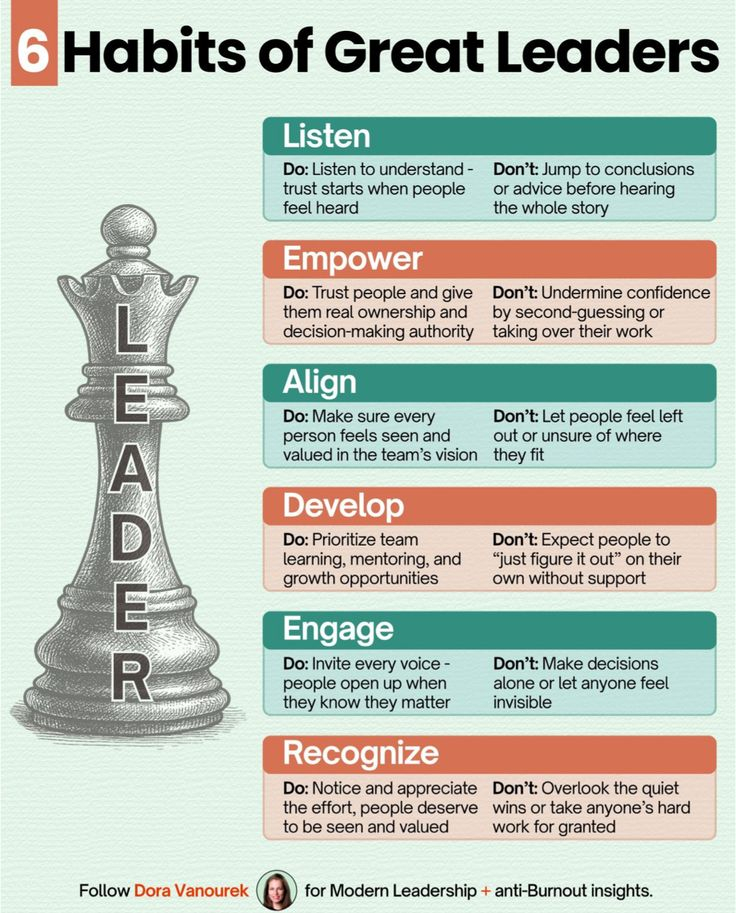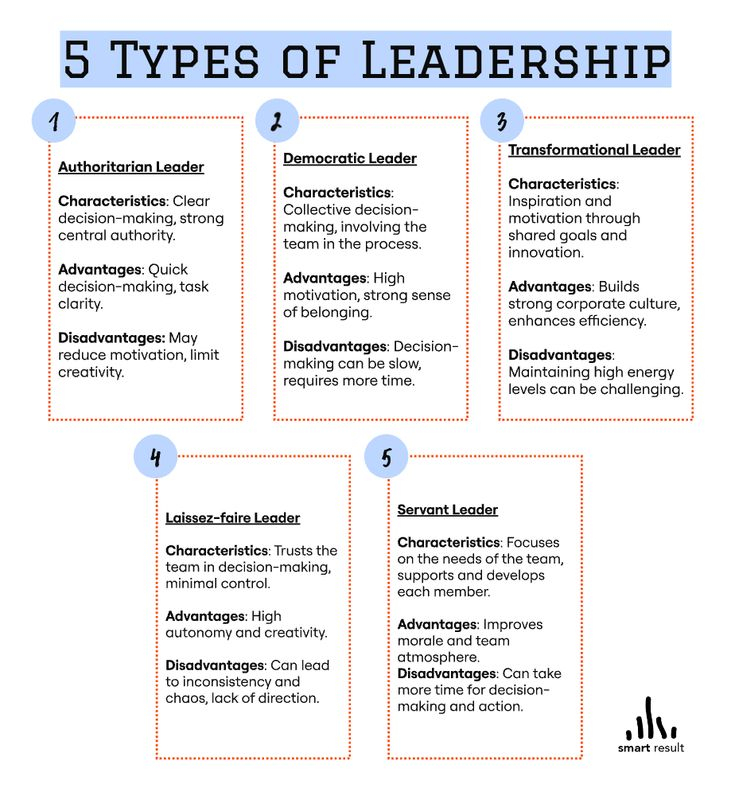10 Mindsets of a True Leader
True leadership is not defined by a title but by mindset and action. Great leaders focus on the team’s success rather than their own ego. They listen before speaking, because the best ideas often come from quiet voices. Leaders also help others understand the “why” behind their work, creating purpose and motivation.
Failure is embraced as a teacher; true leaders fail fast, admit mistakes openly, and inspire others to take risks. They also roll up their sleeves and lead from the trenches, showing their team that they stand together in every challenge.
Growth happens outside the comfort zone, so leaders stay uncomfortable and encourage others to do the same. In moments of chaos, they remain calm and provide stability. They give honest feedback, even when it is difficult, because it helps people grow. Finally, real leaders play the long game, building trust, relationships, and authenticity that last far beyond quick wins.
True leadership is not defined by a title but by mindset and action. Great leaders focus on the team’s success rather than their own ego. They listen before speaking, because the best ideas often come from quiet voices. Leaders also help others understand the “why” behind their work, creating purpose and motivation.
Failure is embraced as a teacher; true leaders fail fast, admit mistakes openly, and inspire others to take risks. They also roll up their sleeves and lead from the trenches, showing their team that they stand together in every challenge.
Growth happens outside the comfort zone, so leaders stay uncomfortable and encourage others to do the same. In moments of chaos, they remain calm and provide stability. They give honest feedback, even when it is difficult, because it helps people grow. Finally, real leaders play the long game, building trust, relationships, and authenticity that last far beyond quick wins.
10 Mindsets of a True Leader
True leadership is not defined by a title but by mindset and action. Great leaders focus on the team’s success rather than their own ego. They listen before speaking, because the best ideas often come from quiet voices. Leaders also help others understand the “why” behind their work, creating purpose and motivation.
Failure is embraced as a teacher; true leaders fail fast, admit mistakes openly, and inspire others to take risks. They also roll up their sleeves and lead from the trenches, showing their team that they stand together in every challenge.
Growth happens outside the comfort zone, so leaders stay uncomfortable and encourage others to do the same. In moments of chaos, they remain calm and provide stability. They give honest feedback, even when it is difficult, because it helps people grow. Finally, real leaders play the long game, building trust, relationships, and authenticity that last far beyond quick wins.
0 Commenti
0 condivisioni
678 Views
0 Anteprima








